Sketching Graphs
Sketching
Graphs have a horizontal $x$-axis and vertical $y$-axis, and the point where the two axes cross is the origin. A point on a graph has coordinate $(x,y)$. The easiest way to sketch a function $f(x)$ is to choose some values of $x$ and put them into the function to find the corresponding $y$ values. This will give a set of coordinates to be plotted which can then be joined with a line or curve. Most of the time, only a rough sketch will be necessary. This means that the graph just needs to be of the right shape with important points, such as where it cuts the axes, labelled.
Useful Graphs
It is important to know some graphs straight away without having to work out points to plot first. The most common are:
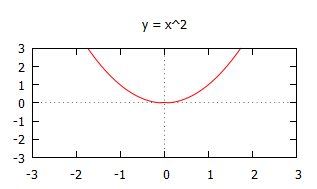
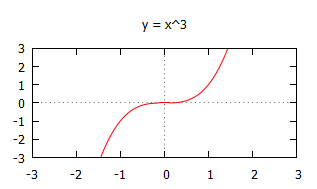
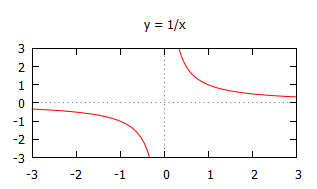
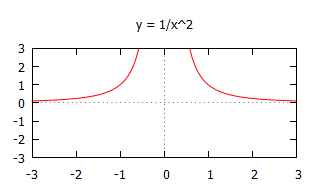
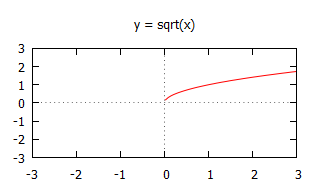
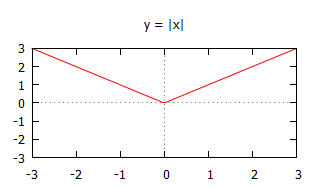
Transformations
Transformations map all the points of a function onto a new function. Transformations include translating, scaling and reflecting.
Translations
A translation is the movement of the graph a certain number of units left, right, up or down.
Example: take the graph $f(x) = x^2$.
A translation $a$ units in the positive $x$ direction is defined by the function $f(x-a) = (x-a)^2$.
A translation $a$ units in the negative $x$ direction is defined by the function $f(x+a) = (x+a)^2$.
A translation $a$ units in the positive $y$ direction is defined by the function $f(x) +a= x^2 + a$.
A translation $a$ units in the negative $y$ direction is defined by the function $f(x) -a= x^2 - a$.
Scaling
Scaling is the process of stretching or squashing a graph in a certain direction.
Example: take the graph $f(x) = x^2$.
Scaling by a factor of $a$ in the $x$ direction is defined by the function $f\left(\dfrac{1}{a}x\right) = \left(\dfrac{1}{a}x\right)^2$.
Scaling by a factor of $\dfrac{1}{a}$ in the $x$ direction is defined by the function $f(ax) = (ax)^2$.
Scaling by a factor of $a$ in the $y$ direction is defined by the function $af(x) = ax^2$.
Scaling by a factor of $\dfrac{1}{a}$ in the $y$ direction is defined by the function $\dfrac{1}{a}f(x) = \dfrac{1}{a}x^2$.
Reflections
Reflecting involves taking all the points in the graph and reflecting them over the $x$ or $y$ axis.
Example: take the graph $f(x) = x^2$.
Reflecting in the $x$ axis is defined by the function $-f(x) = -(x^2)$.
Reflecting in the $y$ axis is defined by the function $f(-x) = (-x)^2$.
Video Examples
Example 1
Prof. Robin Johnson sketches the graph of $y=3x^2+6x$.
Example 2
Prof. Robin Johnson sketches the graph of $y=x+\dfrac{1}{x}$.
Example 3
Prof. Robin Johnson sketches the function $f(x) = \begin{cases}\begin{align} &1+x, \;\; x \geq 0\\&1-2x, \, x\lt0 \end{align}\end{cases}$.
Workbook
This workbook produced by HELM is a good revision aid, containing key points for revision and many worked examples.
See Also
- Sine, Cosine and Tangent for sketches of trigonometric functions.
External Resources
- $x-y$ plots leaflet at mathcentre.